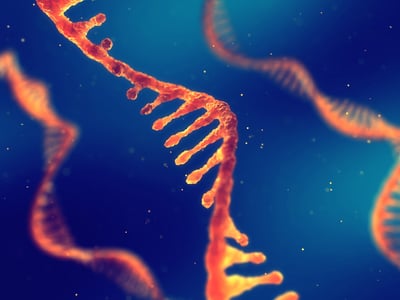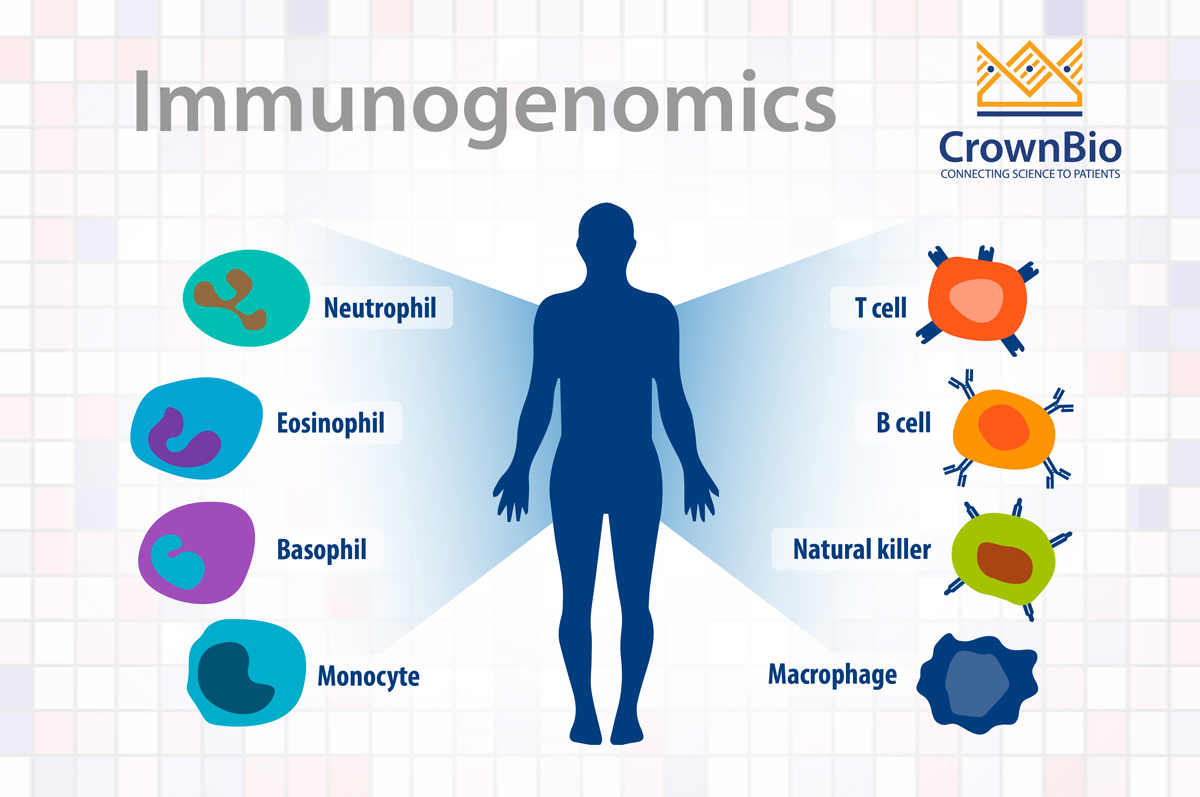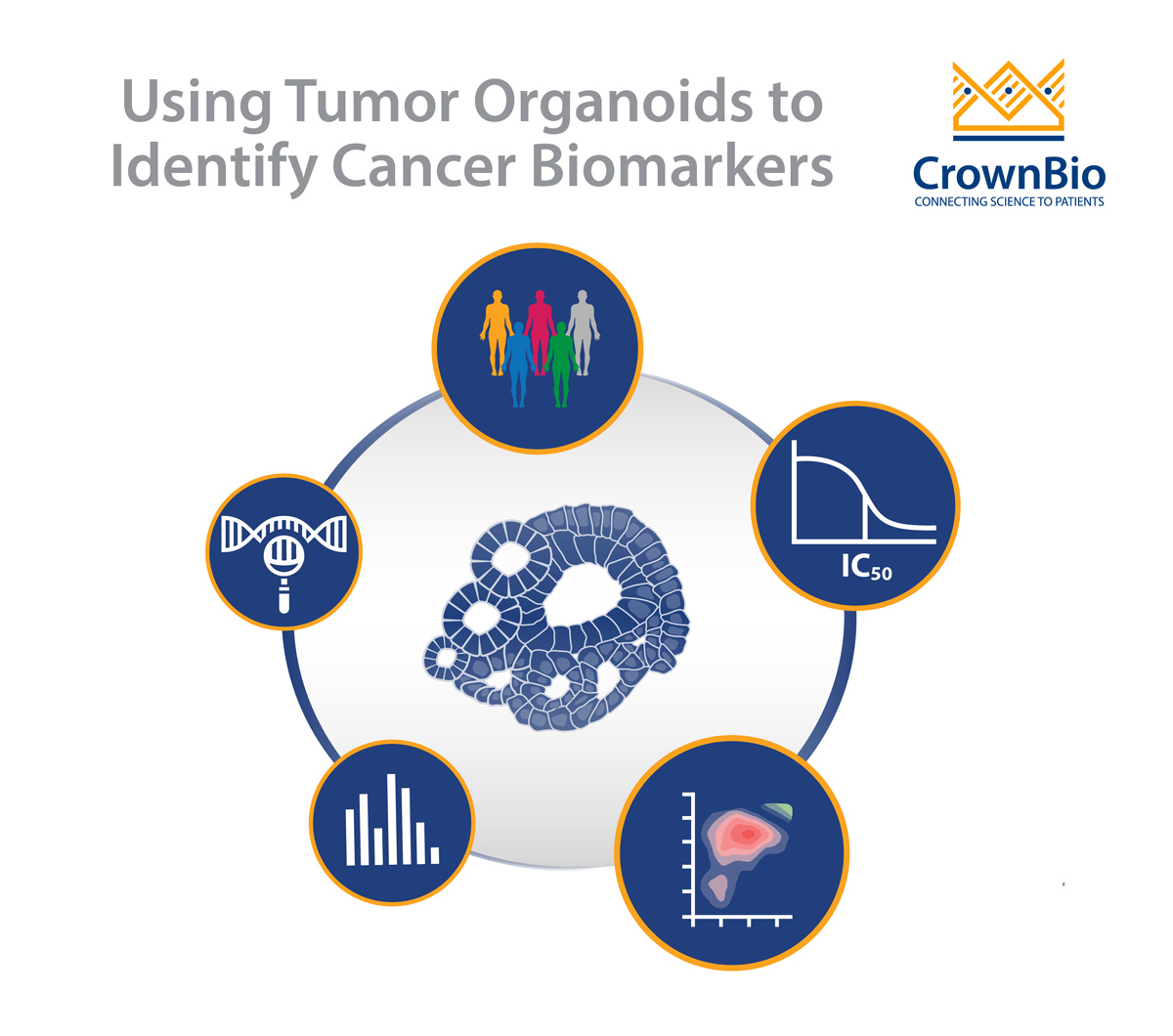Read Aligner Rnaseq to Genome 75 Paired End
Genome-Wide RNAseq and Assortment-Based NanoString Transcriptomic Technologies: Which To Use and When?

by , September 10, 2022 at 12:00 PM
The rapid expansion of precision oncology approaches in recent years has been fueled in part by technological innovations and an increased interest in personalized therapies. Precision medicine approaches not merely rely on biomarkers to define optimal treatment strategies but also play of import roles in the diagnosis of illness, treatment efficacy assessment, and/or disease progression. Cistron expression studies are a useful tool to identify biomarkers that are used to diagnose cancer and predict treatment efficacy and disease prognosis. The recent explosion of loftier-throughput technologies that generate big-scale molecular measurements has accelerated gene expression biomarker evolution. In detail, transcriptomics is a powerful arroyo for biomarker discovery because information technology profiles the entire set of RNA transcripts produced past a genome. This post helps yous choose the right transcriptomic applied science for your mRNA profiling studies, focusing on the master steps, advantages, and disadvantages of RNAseq and the NanoString platform, with a brusk review of other available technologies. RNA sequencing, or RNAseq every bit it is more commonly known, direct sequences and quantifies the number of mRNA molecules in the entire transcriptome. This technique is relevant to a wide range of applications, including identifying changes in gene expression associated with a specific affliction state. For instance, profiling cancers with RNAseq provides key insights regarding tumor classification and progression past identifying variants expressed in unlike samples. In that location are iv main steps in RNAseq which cover: It'southward key to understand the main advantages and disadvantages of RNAseq, to determine if information technology'southward the optimal assay for your specific inquiry needs. NanoString Technologies, Inc. developed a technology known as "nCounter," a variation on Deoxyribonucleic acid microarrays, that is robust, sensitive, reproducible, piece of cake to employ, and amplification free. The NanoString platform counts individual mRNA transcripts. It's useful for many potential applications, such every bit studying gene regulatory pathways, diagnostics, validating gene expression experiments in disease studies, including cancer, and ultimately generating highly translatable data for clinical utilize. NanoString uses 2 hybridization probes (each ~35–50 bases in length) per mRNA molecule. Probe pairs are generated for each unique gene. The reporter probe carries the signal. The other probe "captures" the complex, immobilizing it so that a digital analyzer tin detect the hybridized reporter probes (there are four different-colored fluorophores). The probes are mixed with the RNA in solution. The digital analyzer identifies, scans, and counts the molecular barcode per sample. Notably, since the probes amalgamate directly to the RNA, a reverse transcription step is not required to generate cDNA. Adjusted from Narrandes and Xu. Gene Expression Detection Assay for Cancer Clinical Utilize. J Cancer. 2018;9(13):2249-2265. Several other sequencing approaches can be used for mRNA profiling, which are briefly summarized here including a listing of some of the bachelor commercial products. Hither, mRNAs are not fragmented before reverse transcription, and cDNAs are reverse transcribed only from the 3′ end of the mRNAs. Therefore, only one copy of cDNA is generated for each transcript. This ways that when the cDNAs are sequenced, the number of reads is a direct reflection of the number of transcripts of a specific gene. Commercial Products: Lexogen QuantSeq, QioSeq UPX 3' Transcriptome This approach targets RNA sequences by hybridization to DNA oligos followed past removing the unhybridized oligos and amplifying the remaining production. Commercial Products: BioSpyder TempO-Seq, Ion Ampliseq Transcriptome These are used to quantify a divers gear up of transcripts by hybridizing the RNA to an array of complementary probes (which typically stand for to the 3′ stop of the factor). This technology can be used to evaluate thousands of transcripts simultaneously. Advances in fluorescence detection accept increased the power to accurately detect low-abundance transcripts. Commercial Products: Affymetrix U133A, Illlumina BeadChip HT-12 v3/v4 These arrays focus on 20,000+ well-annotated genes and provide a gene-level view of the transcriptome. These newer arrays consist of divers sets of probes that target feature exons rather than the 3' stop of a gene. Commercial Product: Affymetrix Clariom S Transcriptomic data can be reliably generated from different measurement platforms, with the relative merits and limitations of the RNAseq and NanoString factor expression profiling platforms summarized here. Ultimately, the choice of platform used will depend upon the study endpoints, required resolution and coverage, throughput, sample quality, availability, and budget.  Compare the pros and cons of 2 widely used transcriptomic technologies - genome-wide RNAseq and array-based NanoString.
Compare the pros and cons of 2 widely used transcriptomic technologies - genome-wide RNAseq and array-based NanoString.The Rise of Transcriptomics in Oncology
RNA Sequencing (RNAseq)
The Main Stages of RNAseq
Advantages of RNAseq
Disadvantages of RNAseq
NanoString
The Main Steps using the NanoString Platform
Advantages of NanoString
Disadvantages of NanoString
Comparison of Assay Properties for Illumina MiSeq RNAseq, NanoString nCounter, and Deoxyribonucleic acid Microarray
Illumina MiSeq RNAseq NanoString nCounter Deoxyribonucleic acid Microarray Primer/probe design Primers on flow cell and adaptors to ligate to ends of sample Capture probe with 3' analogousness tag and reporter probe with color-coded tag Deoxyribonucleic acid oligo probes complementary to cDNA samples Sample preparation RNA extraction; reverse transcribed sample; fragmentation, library structure RNA extraction RNA extraction; reverse transcribed sample, fragmentation Instrument MiSeq benchtop sequencer Prep station and digital analyzer Microarray scanner Reproducible Yep Yes Yes Specificity Rely on data analysis Design of capture and reporter probes Density of probes annealed to the slide, probe pattern Sensitivity <1 copy/prison cell <1 copy/cell 1–10 copies/prison cell Clinical use? Yep Aye Yes Commercialized for clinical use No Prosigna (NanoString Technologies, Inc.) MammaPrint Number of genes or transcripts detected Whole transcriptome ~800 50,000 Upward to sample # per assay 96 12 i–12/assortment Processing steps cDNA lib prep,
sequencing,
data assayLabel probes,
hybridization to array,
Information assayCharacterization cDNAs,
hybridization to array,
Data assay Raw information assay Past automobile in 3 hours Past auto in 2.7 hours By machine in 1 hour 40 minutes Normalization Reads per kilobase meg Housekeeping genes; positive controls Housekeeping genes; robust multi-array average; LOWESS method Data analysis Data output equally sequenced reads with quality scores or read alignments Color-coded images are taken and output every bit code counts Visualization; statistical tests Other Available mRNA Profiling Platforms
three'RNA Sequencing:
Specific Targeted Sequencing:
Traditional Microarrays:
Newer Microarrays:
Conclusion

Related Posts


Source: https://blog.crownbio.com/genome-wide-rnaseq-and-array-based-nanostring-transcriptomic-technologies
0 Response to "Read Aligner Rnaseq to Genome 75 Paired End"
Postar um comentário